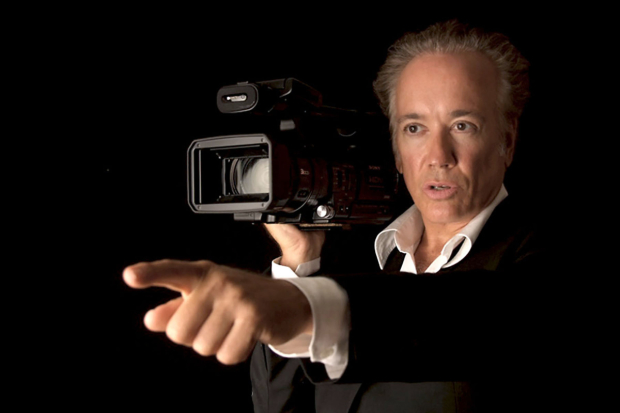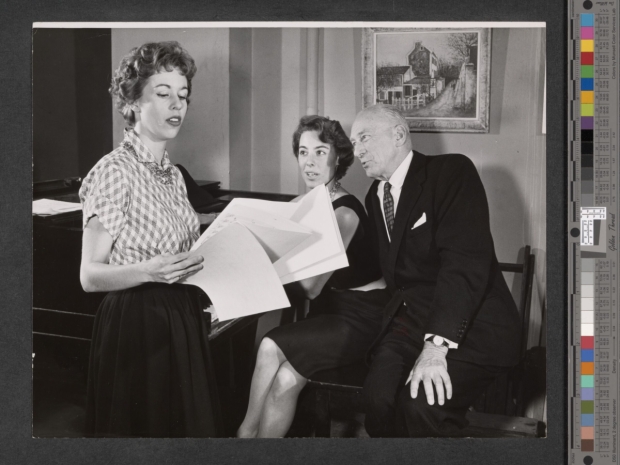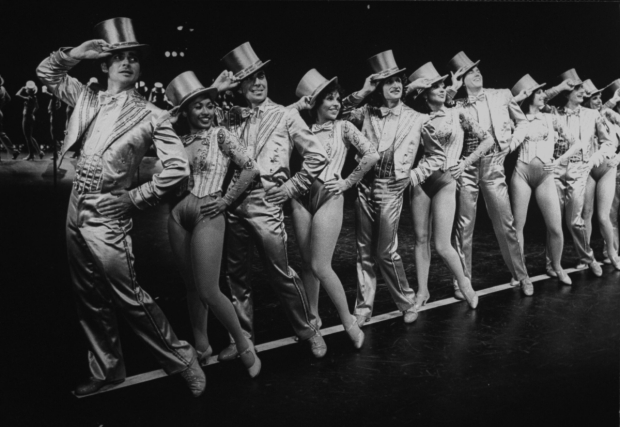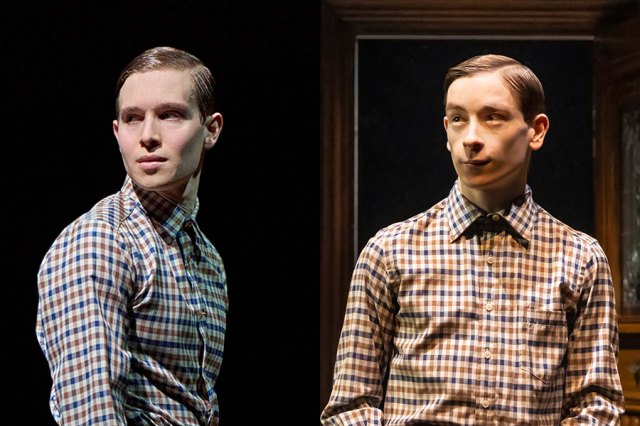Rick McKay's Final Film, 18 Years in the Making, Goes Beyond Broadway's Golden Age
The sequel to McKay’s ”Broadway: The Golden Age” airs on PBS this month, more than three years since his untimely passing.

Broadway is 708 miles from Beech Grove, Indiana — and even further, if you buy the glamourous malarkey that movies put out. By the time Rick McKay was ready to make this trek, the "Golden Age of Broadway" had evaporated (if it ever even existed) and in its place were falling chandeliers, flying helicopters, and junkyard felines. The British had come, the British had come.
Like Peggy Sawyer of Allentown, Pennsylvania, the game plan for McKay of Beech Grove was to go out there a raw kid from the chorus and come back a star. In his case, there were major detours, and he came back — of all unplanned things — a documentarian in search of a bygone Broadway.
Broadway: The Golden Age, by the Legends Who Were There is the result of McKay's driving passion to catch those glory days of the '30s, '40s, and '50s, supported by testimonials from its chief participants. He dreamed up and executed an idea whose time had come — and it came not a second too soon: Broadway: The Golden Age was the final film appearance of several stage legends (Comden & Greene, Gwen Verdon, Kaye Ballard, Kitty Carlisle, Fred Ebb, Julie Harris, and Wendy Wasserstein, among them). The documentary enjoyed a good run in theaters in 2003, picked up 17 prizes at various film festivals, and was released on DVD, later becoming one of PBS's most successful fundraisers.
Even before the dust of his feature film debut had settled, McKay realized that he had a trilogy on his hands: Broadway: Beyond the Golden Age to span the '60s, '70s, and '80s, and Broadway: The Next Generation to bring everything up to date. No recent filming was ever done on the latter, but Part II — which has been 18 years in the making — just premiered nationwide on PBS and will debut in the New York metro area this Thursday, August 19, at 8pm.
It's a bittersweet occasion; McKay died unexpectedly from a heart attack at the age of 62 in early 2018 and the film, which he had worked on for more than a decade, had to be completed by his loyal team of producers.
"I'd say 95 percent of it was finished when he died," says Jane Klain, who, along with Jamie deRoy, Richard Eric Weigle, and Michael Anastasio, produced both McKay documentaries. "Some chapters weren't completed to his satisfaction, and he still wanted to do something on A Raisin in the Sun and Ethel Merman's Gypsy, but we had his last rough cut, so we shopped it around to find the best home for it. Finally, we connected PBS. Not only did David Horn, who's head of Great Performances, and Bill O'Donnell, the series producer, understand the film, they respected it."
McKay, Klain says, was "totally self-taught as a filmmaker," and it was none other than Mike Nichols who was responsible for McKay's professional shift. The director was preparing to film The Birdcage and needed someone to record drag performers to show what their world really looked like. McKay insisted he was that someone. With that under his belt, he produced segments for WNET arts programs that started out local and went national. All the while, though, he wanted to prove to himself and others that Broadway had a Golden Age.

(© Joe Sinnott)
Adds Klain, "These films were a labor of love for him. He was a one-man band. He researched them, wrote them, photographed them, lit them, edited them, produced them, fundraised. Before he met anyone, he knew their careers inside and out. They were so flattered he was so informed, they opened up to him. Even someone as exacting as Shirley MacLaine was won over. She wanted to see what his camera caught, so he did a test thing to show she was properly lit. He was very accommodating and had wonderful relationships with the stars. And this continued with the second film."
Each of the documentaries is star-stacked with well over a hundred interviews, which McKay assembled and shaped into a cohesive whole. He literally took his work home with him. In fact, his work was his home. He filmed in the living room and converted his bedroom into an editing suite. His was a hand-to-mouth existence — he even sold his piano to make money — but doing the films all by himself made for an uncontaminated love offering.

(© Friedman-Abeles/The New York Public Library for the Performing Arts.)
Whereas the first film stitched together interviews by themes and trends, its sequel zeroes in on specific anecdotes. Among the designated chapters: Carol Burnett coming to New York with the fixed idea of doing a show with George Abbott — and then landing a show with George Abbott (Once Upon a Mattress); the 11-and-a-half-hour group therapy session Michael Bennett conducted for his dancers that became A Chorus Line; Gower Champion saving Dick Van Dyke from being axed from Bye Bye Birdie by giving him one of Chita Rivera's songs ("Put on a Happy Face"); Mary Ure graciously welcoming her replacement (Glenn Close) aboard on opening night.
Then there's Liza Minnelli, on five days' notice, going on for ailing Gwen Verdon and saving Chicago; an overwhelmed Robert Redford fleeing his Barefoot in the Park after-party at Tavern on the Green; Bob Fosse revitalizing the sagging box office of Pippin by creating Broadway's first TV ad; the adored Ain't Misbehavin' cast having to ask white audience members to hail a cab for them after the show; David Merrick announcing Gower Champion's death on stage after 15 curtain calls at the opening of 42nd Street. (Said Ethel Merman, "Well, if you gotta go, that's the way to go.")

(© Martha Swope / The New York Public Library for the Performing Arts)
Jonathan Groff, whom McKay had penciled in for a slot in the final installment of his trilogy, serves as the host for the sequel. They met originally backstage at Spring Awakening and Groff got his DVD of Broadway: The Golden Age autographed. They met again in January of 2018 when Groff did a Bobby Darin show at the 92nd Street Y. It was the last show that McKay saw.
"All four of us producers felt we were in really good hands," Klain says of the PBS placement, "that we had found a place for it where they understood it and appreciated it and were going to do right by it."
Like its predecessor, Broadway: Beyond the Golden Age documents a world that a starry-eyed believer from Beech Grove found himself drawn to. His loving explorations of it will enrich the experience and appreciation of any like-minded individual.








